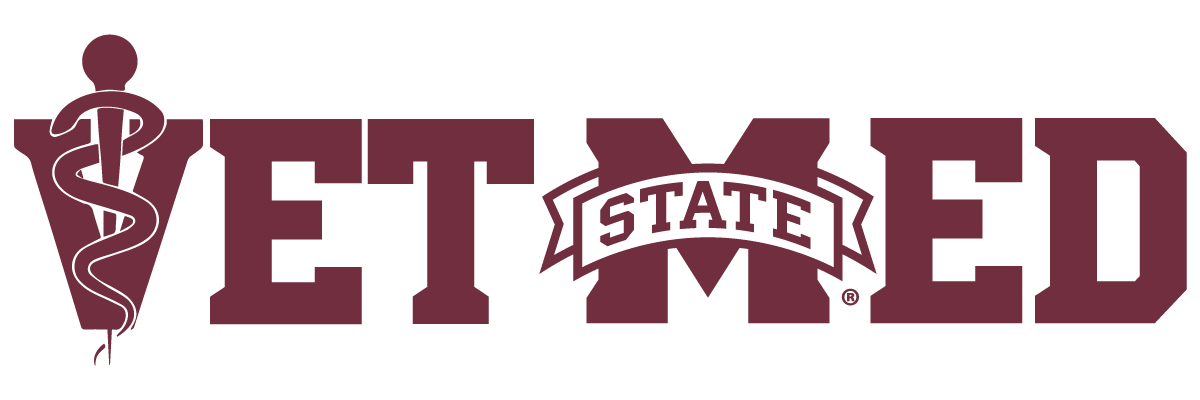Core Facilities:
Core A (Administrative Core)
Ms. Christy Wilder, Business Manager
She manages budgets and provides projections to investigators and Core Directors. She has implemented use of a grants management program specifically for COBREs (Piestar), and this was used for the most recent annual report. It saves considerable time for our investigators by allowing them to enter data online with prompts for each of the required components of the annual report. Ms. Leslie Hammons assists with logistics and travel arrangements. Ms. Stephanie Huffman assists investigators with grant submissions, and Ms. Stephanie Hyche (Office of Sponsored Projects) assists with grant preparation. The P.I. pre-reviews grant applications and arranges for outside reviewers.
Core B (Omics and Bioinformatics Core)
Dr. Bindu Nanduri, Director
The technical Cores in this COBRE are accessible to all investigators. Interested persons should contact Dr. Nanduri. Core B is a ”virtual” core in which Dr. Nanduri works with COBRE investigators to find the best options for accomplishing their tasks. Core B is a partnership between the COBRE and the Institute for Genomics, Biotechnology, and Biocomputing (IGBB) and the Department of Chemistry. The IGBB has employees with expertise in genomics, transcriptomics, and proteomics. COBRE investigators have access to this expertise, and can also take advantage of Dr. Nanduri’s expertise in these areas.Dr. Nanduri has also arranged for facilities, such as an upgraded 500 MHz NMR, and personnel, such as Dr. Nick Fitzkee and Dr. Matthew Ross to assist investigators with metabolomics. Analysis of large data sets is facilitated by access through IGBB to MSU’s supercomputer facility. MSU currently has the 4th fastest supercomputer in academic institutions in the U.S. Programmers are available who can write custom data analysis pipelines.
Core C (Cellular Purification and Analysis)
Dr. Giselle Thibaudeau (Munn), Director
Core C has operated from the beginning of Phase I as a “virtual” Core. This has allowed easy access to instruments and personnel, even though they are not physically located in the same facility. Many of the technologies and personnel in this Core are in the Institute for Imaging and Analytical Technologies (I2AT). Several instruments and personnel with expertise operating them are also available at the CVM-COBRE mini Core in the Wise Center and in the Flow Cytometry Facility. Instruments and technologies available within Core C are listed below.
Core C Instuments and Technologies
- Scanning Electron Microscopy
- Transmission Electron Microscopy
- Atomic Force Microscopy
- X-Ray Crystallography
- 3T (functional) MRI
- Confocal Microscopy
- Flow Cytometry
- High Speed Cell Sorting (FACSAria III)
- Laser Capture Microdissection
- Biotek Cytation 5 (multifunction plate reader with microscope)
- Biotek multifunction plate reader with temperature and atmosphere control
- GE protein concentrator and AKTA protein purification system (FPLC)
- Nanodrop DNA/RNA analyzer
- BioRad Cell Counter
- Bead Mill Homogenizer for extraction of DNA or RNA
- Luminex multiplexed bead array reader
The room (R3200) was modified to have outgoing air HEPA filtered for sorting BSL-2 with enhanced precautions, to allow reliable maintenance of appropriate temperatures, and to provide humidity control.
*A new Quanteon flow cytometer is now in the location formerly occupied by the Novocyte. The Novocyte is now in the CVM/COBRE mini Core and can be operated by investigators.
Resources:
- A commissioned BSL-3 modular lab is available. Users will need to have personnel trained in BSL-3 usage and Standard Operating Procedures will need to be prepared for each pathogen.
- Expertise in non-conventional animal models (e.g., horses, cattle, guinea pigs, zebrafish) is available through CVM investigators.
- CVM-Cal-flow cytometry calendar
- Home institute for the IDeA and COBRE programs
- NIGMS Unit which includes all IDeA programs
- Grant Writing Tips for New Investigators
- Rosters of Regular Standing Study Sections
- Active COBRE Projects

